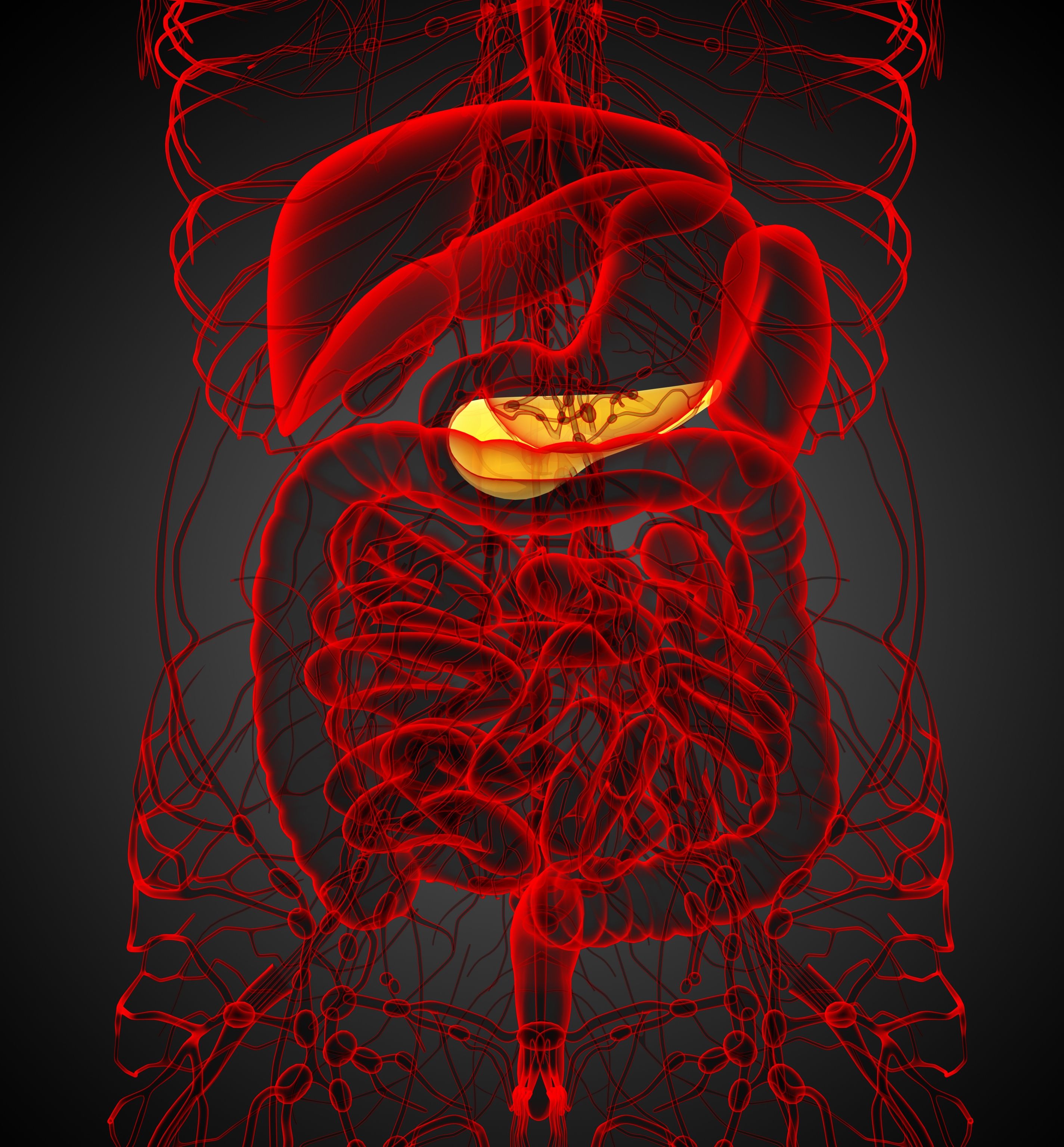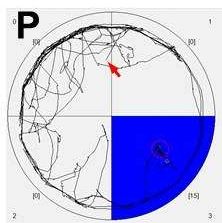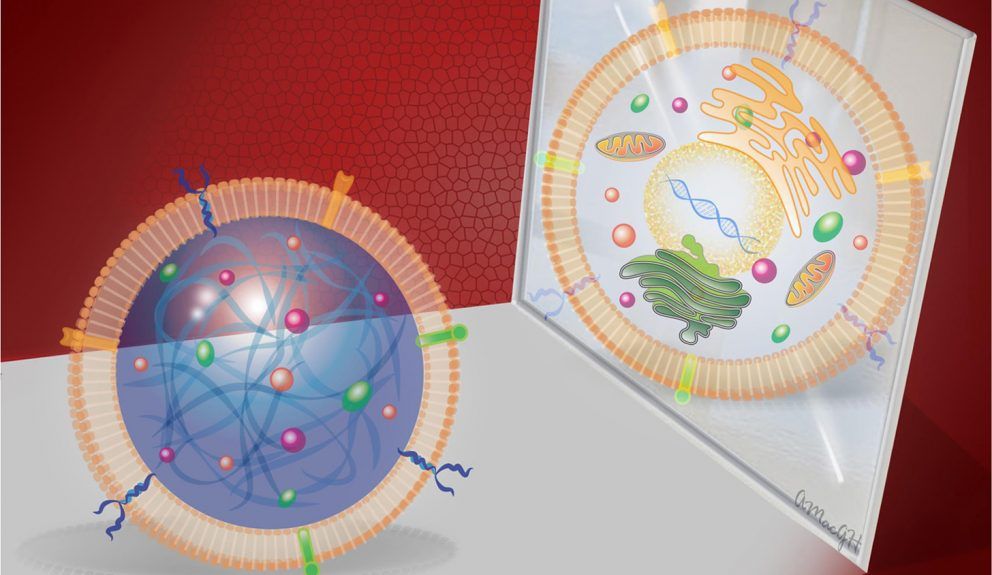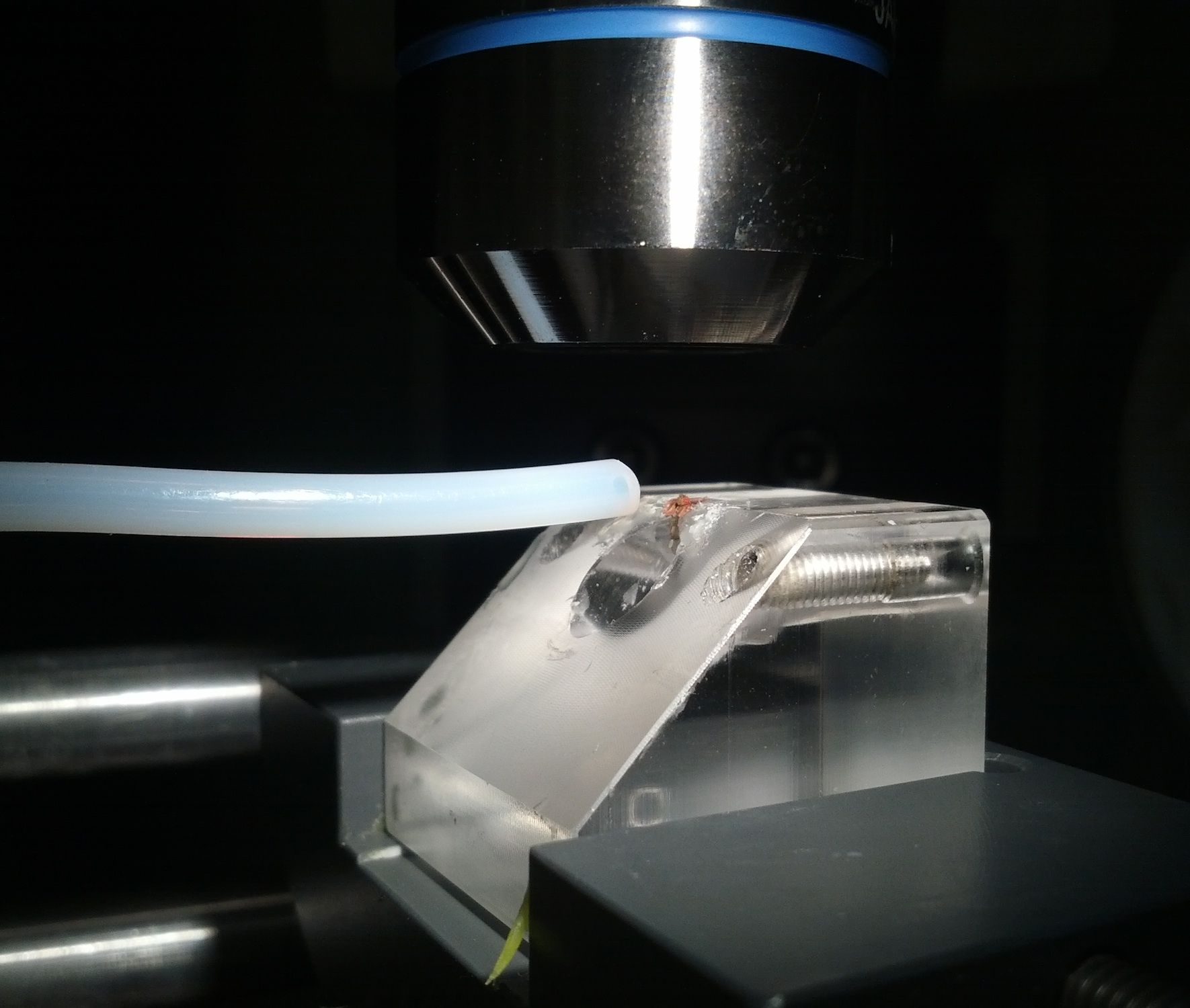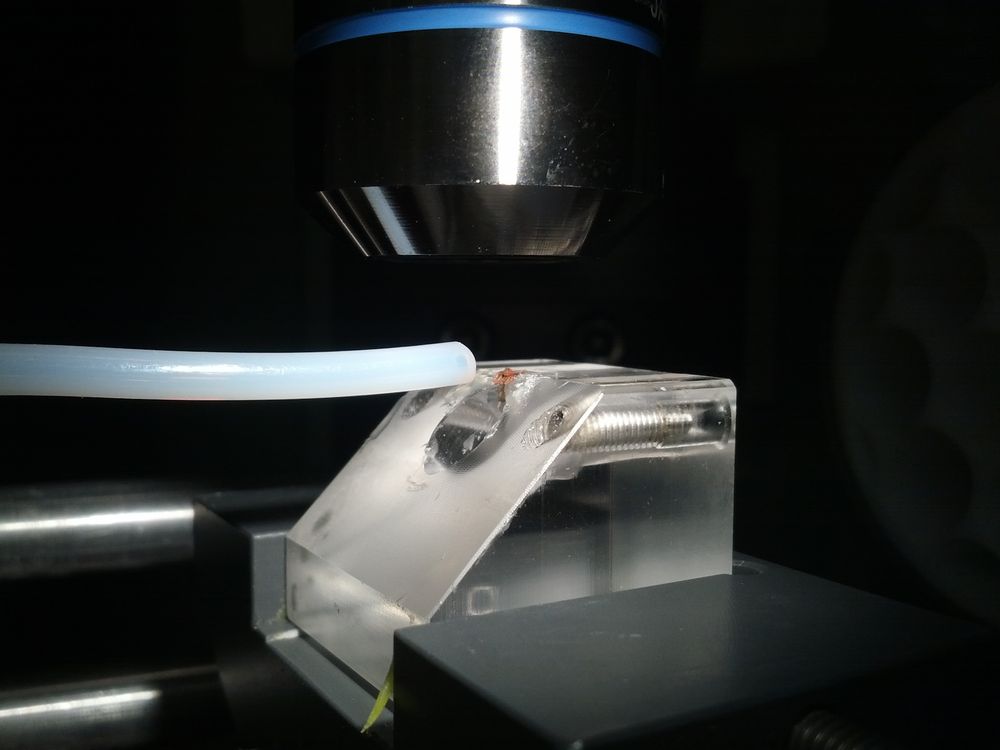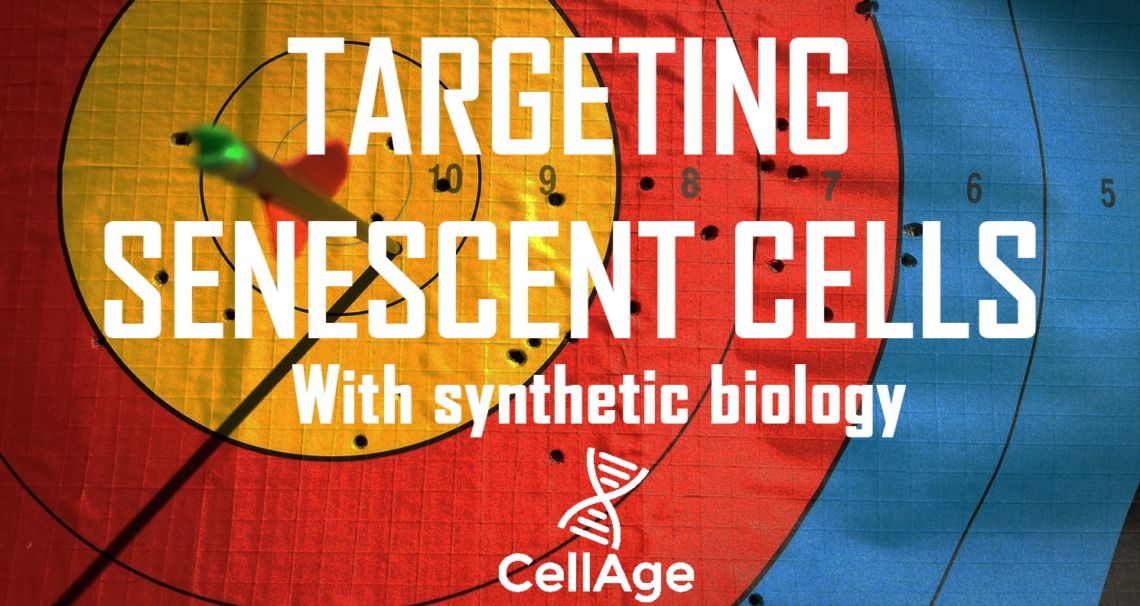The emerging discipline of synthetic biology sits at the crux of the intersection between design, biology, computing and manufacturing…[I]t appears more and more probable that we are on the cusp of a paradigm shift, where…biology is adopted as the next big manufacturing technology.
[The objective of Ginkgo Bioworks, an “organism design” company,] is to take synthetic biology techniques to an industrial level, machine-injecting DNA sequences into baker’s yeast creating “living organism” products like perfumes, sweeteners, cosmetics and other things that are typically extracted from plants.
There are two main potential benefits from the technology. Replacing consumption of finite natural resources with lab-grown alternatives, and the potential to replicate actual genes to produce authentic fragrances replacing chemical synthetic scented products that currently dominate the marketplace.


